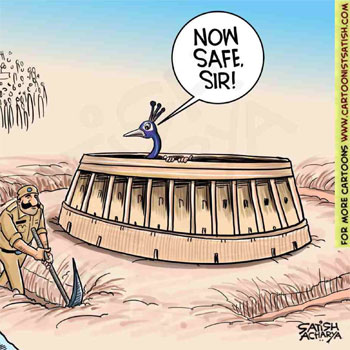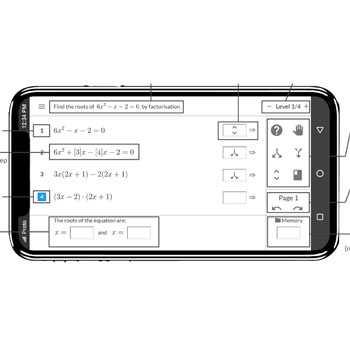The COVID-19 pandemic of 2020 and the policies of social distancing and lockdowns that followed it led to an unprecedented shutdown of public activity across the world. Students and educational institutions were placed under sudden stress, with the World Bank estimating that at least 1.5 billion students and 63 million educators faced a sudden disruption in their academic practices. The general response of educational institutions was to expand their digital infrastructure to enable online or e-learning, but this capacity varies greatly between institutions, owing to differences in access to resources and infrastructure. In this project, I study the impacts of the switch to e-learning on secondary school students studying mathematics. I chose to target the problem of assessment as a means of improving overall learning outcomes in the e-learning environment. While blending learning, practice, and assessment is not a new idea in e-learning, existing tools of this kind offer limited modes of interaction, most often just a number as a final answer to type into an input box.


